The Disaster
Cyclone Pam of 2015 is regarded as one of the worst natural disasters in the history of Vanuatu. Formed on the east of the Solomon Islands on 6 March 2015, Cyclone Pam strengthened and intensified as the storm reaped through Vanuatu. With winds peaked at 250km/h, roofs were uprooted and homes were destroyed.
Stretching for 2 long, arduous weeks, the cyclone crippled Vanuatu's infrastructure, causing more than 90 percent of the nation's buildings to be destroyed. As the "monster" storm slowly receded, it left a trail of debris behind its wake. As a result of Pam, more than 132,000 people were affected and are desperately in need for food, water and shelter.
Stretching for 2 long, arduous weeks, the cyclone crippled Vanuatu's infrastructure, causing more than 90 percent of the nation's buildings to be destroyed. As the "monster" storm slowly receded, it left a trail of debris behind its wake. As a result of Pam, more than 132,000 people were affected and are desperately in need for food, water and shelter.
Location of Concern
|
Country: Vanuatu Island: Efate Island (Shefa Province) & Tanna (Tafea Province) Community served: Eton Village & Isangel Town Disaster Impact: 132,000 |
Community Details
|
Across Vanuatu, more than 132,000 people have been affected, of whom 54,000 are children. Due to the damaged infrastructure, nearly 60 percent of the nation's inhabited islands remained cut-off from the outside world till today. With no proper water treatment lines, families and children have to drink from water sources that are heavily contaminated by bacteria and pathogens. |
|
One of the community most affected was the Island of Tanna. Due to the severe storm, communication lines were completed disrupted and residents could not make contact with the outside world until 2 days have passed. There was also a severe lack of clean, drinkable water due to the broken pipes and infrastructure.
|
The Relief Operation
|
In the month of April 2015, Wateroam provided 2 Ultrapure UF Membrane systems through Relief.sg (Relief Singapore) and the Singapore Red Cross for relief efforts in Vanuatu following the devastating effects of Cyclone Pam.
One of the systems were deployed in the Village of Eton, in Efate Province of Vanuatu. The UF filters now provide clean drinking water for 300 villagers, plus those who come to the clinic and school there (usually another 100). |
Solution and Impact
|
The other system was deployed on the volcanic island of Tanna, which was considered to be the area worst hit by Cyclone Pam.
The UF membrane system filtered water from a muddy creek 7km away, providing clean drinking water into the town of Isangel that has a population of 4,000. With the UF filter installed, it has added a permanent alternative water source to the town's water network. Now, the villagers do not have to worry about not having sufficient drinking water for their basic needs. |

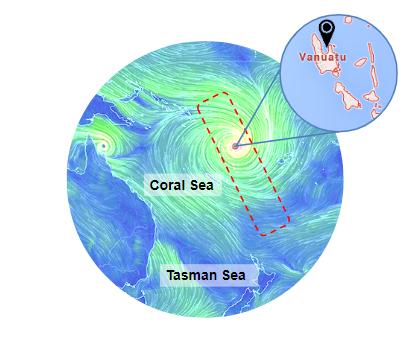
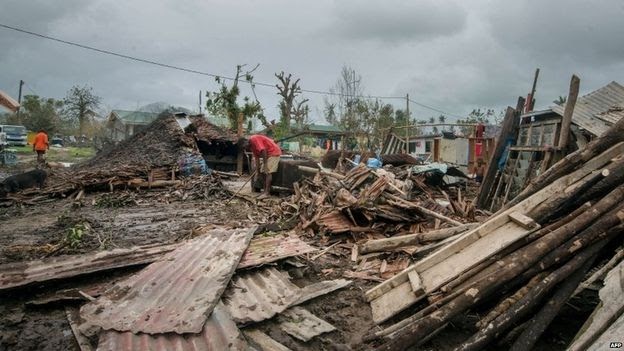
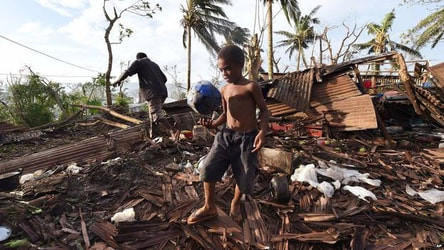
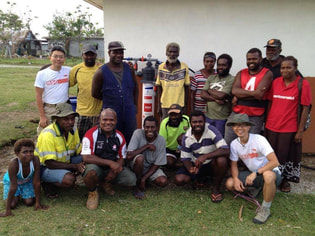
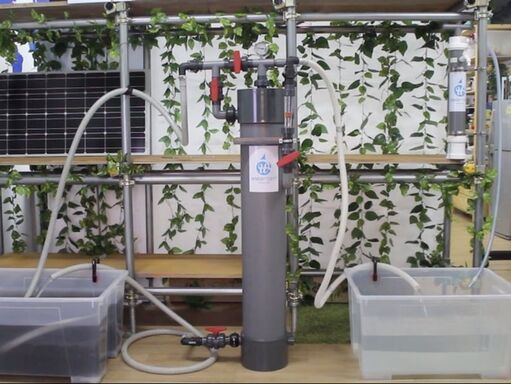
.jpg)

